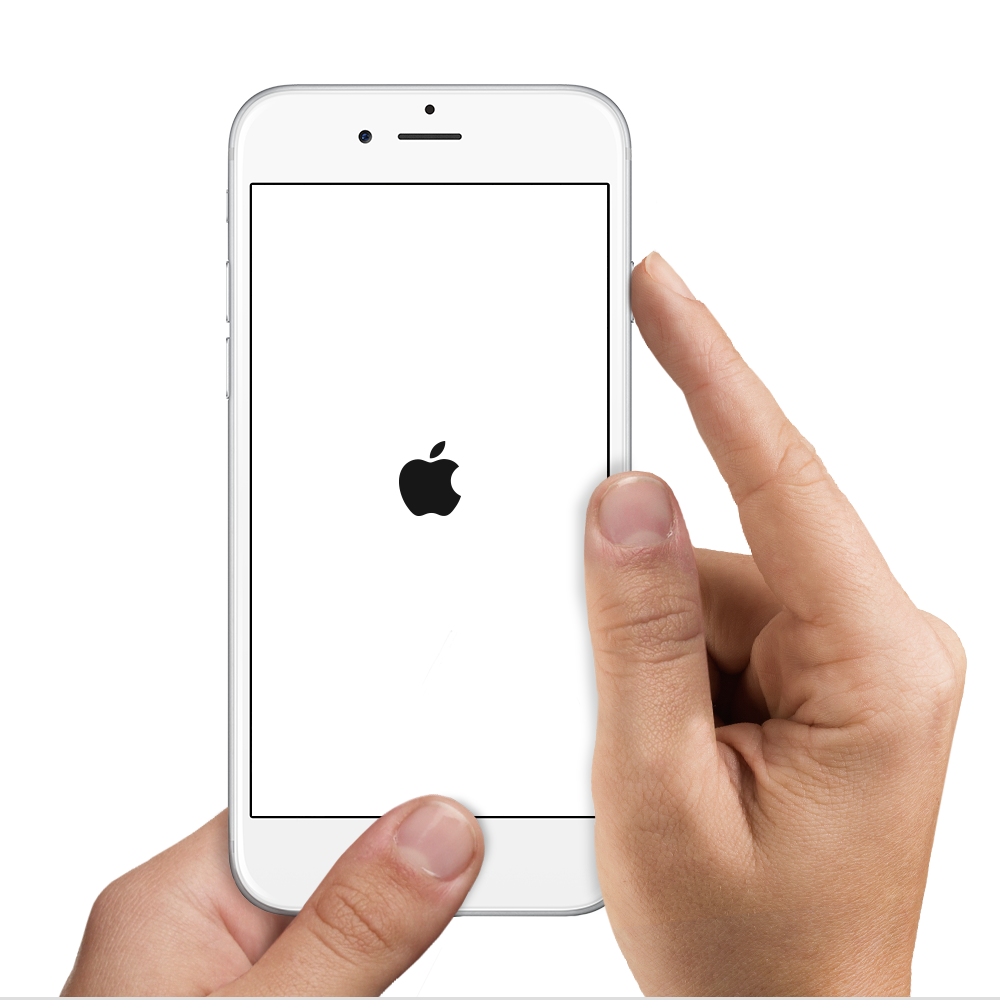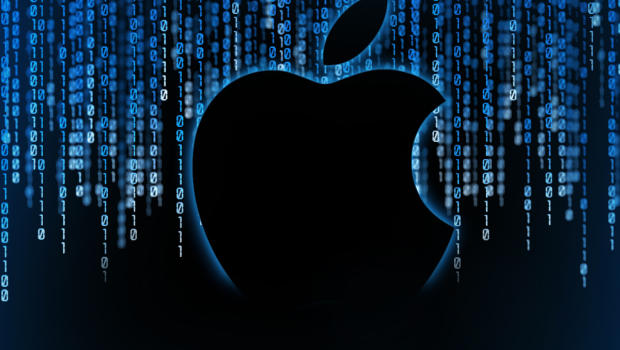
Sappiamo tutti che la Apple ha delle backdoor installate nei dispositivi iphone con le quali spia gli utenti da remoto, ormai si sa, i software per lo spionaggio da remoto sono diffusi anche in Italia, ringraziamo l’incompetenza dell’hacking team nel proteggere le loro email,;ritornando alla Apple, il problema principale per scoprire le backdoor è bypasare i loro protocolli di sicurezza dei quali non si sa nulla di ufficioso, è questo che contraddistingue la Apple da tutti quanti, ha un elevata sicurezza proprio perchè non trapela nulla di compromettente dai loro uffici e inoltre nel caso di vulnerabilità scovate nei loro software, riescono a intervenire tempestivamente dopotutto creano nuovi dispositivi con ios aggiornato nel giro di pochi mesi; dunque questa è la Apple.
![]()
Se spostiamo la nostra attenzione sull’iphone diciamo dal 4s in poi, troviamo una maggiore difficoltà nel fare qualsiasi cosa, solo facendo il jailbreak possiamo ottenere la possibilità di installazione di applicazioni non ufficiali ma soprattuto non a pagamento, ciò non toglie che con il jaibrek non si possa arrivare a capire come la Apple spia il proprio dispositivo ma dato che lo sappiamo non è difficile formulare una tesi realisitica sul loro modo operandi, allora ecco ve lo spiego.
Iniziamo dall’analisi delle fonti ufficiali: TCP and UDP ports used by Apple software products,
Nella pagina troverete le porte usate dalla Apple dichiarate ufficialmente, fin qui direte bhe significa che non ha backdoor ma non è vero anzi è perfetamente una copertura che poi viene confermata quando si prova a cercare le backdoor nei file system dell’iphone scaricando il terminale da Cydia ma dopotutto è impossibile accedervi.

Il motivo dell’impossibilità di vederle è dato dalla mancanza di informazioni per poter hackerare i loro protocolli di sicurezza e quelle poche volte in cui sono state rilevate vunerabilità la Apple ha sempre reagito velocemente:
A questo punto avete capito che il controllo del vostro dispositivo è da remoto e sopratutto simile a quello che faceva la Blackberry ai tempi d’oro, eccovi la dimostrazione:
Re: Fw: Fwd: [Analytical & Intelligence Comments] RE: Above the Tearline:BlackBerry Security
from: mooney@stratfor.com
to: burton@stratfor.com, tactical@stratfor.com
Fascinating and supports my suspicion that all blackberry is doing is
“controlling the entire channel” and there is nothing special here. I can
defeat the Saudi’s just as easily with an iPhone and a SSL certificate for
my mail server.
Windows Mobile phones, android phones, and iPhones can use ActiveSync
protocol, which uses 128bit or 256bit AES encryption from device to server
via SSL (over port 80). The different devices vary on their support for
256bit AES (some purposely don’t because it make things slower).
In other words depending on the devices chosen you can achieve an EQUAL
level of security with a non-blackberry phone. And as an extra positive
you have the keys, not blackberry.
It looks like the iPhone 4 is using 256bit AES, but that’s really
irrelevant, even governments cannot crack 128bit AES over SSL. Without
some sort of exploit it would still take every computer on the planet a
long time working together. NIST still stands behind the AES algorithm.
–Mike
Cos’è AES ?:
AES is based on a design principle known as a substitution-permutation network, combination of both substitution and permutation, and is fast in both software and hardware.[10] Unlike its predecessor DES, AES does not use a Feistel network. AES is a variant of Rijndael which has a fixed block size of 128 bits, and a key size of 128, 192, or 256 bits. By contrast, the Rijndael specification per se is specified with block and key sizes that may be any multiple of 32 bits, both with a minimum of 128 and a maximum of 256 bits.
AES operates on a 4×4 column-major order matrix of bytes, termed the state, although some versions of Rijndael have a larger block size and have additional columns in the state. Most AES calculations are done in a special finite field.
The key size used for an AES cipher specifies the number of repetitions of transformation rounds that convert the input, called the plaintext, into the final output, called the ciphertext. The number of cycles of repetition are as follows:
- 10 cycles of repetition for 128-bit keys.
- 12 cycles of repetition for 192-bit keys.
- 14 cycles of repetition for 256-bit keys.
Each round consists of several processing steps, each containing four similar but different stages, including one that depends on the encryption key itself. A set of reverse rounds are applied to transform ciphertext back into the original plaintext using the same encryption key.
Dunque l’iphone è caraterizzato da protocolli inaccessibili a noi “comuni mortali” dato che il protocollo AES è stato ufficilamente nel 2002 è stato adottato dal governo federale americano, ma ci sono stati problemi di vulnerabilità nel loro protocollo nell’anno 2014 come riporta l’articolo preso da the hacker news:
Just two days before Apple has disclosed a critical Security flaw in the SSL implementationon the iOS software that would allow man-in-the-middle attacks to intercept the SSL data by spoofing SSL servers.Dubbed as CVE-2014-1266, the so-called ‘goto fail;’ vulnerability in which the secure transport failed to validate the authenticity of the connection has left millions of Apple users vulnerable to Hackers and Spy Agencies, especially like the NSA.

